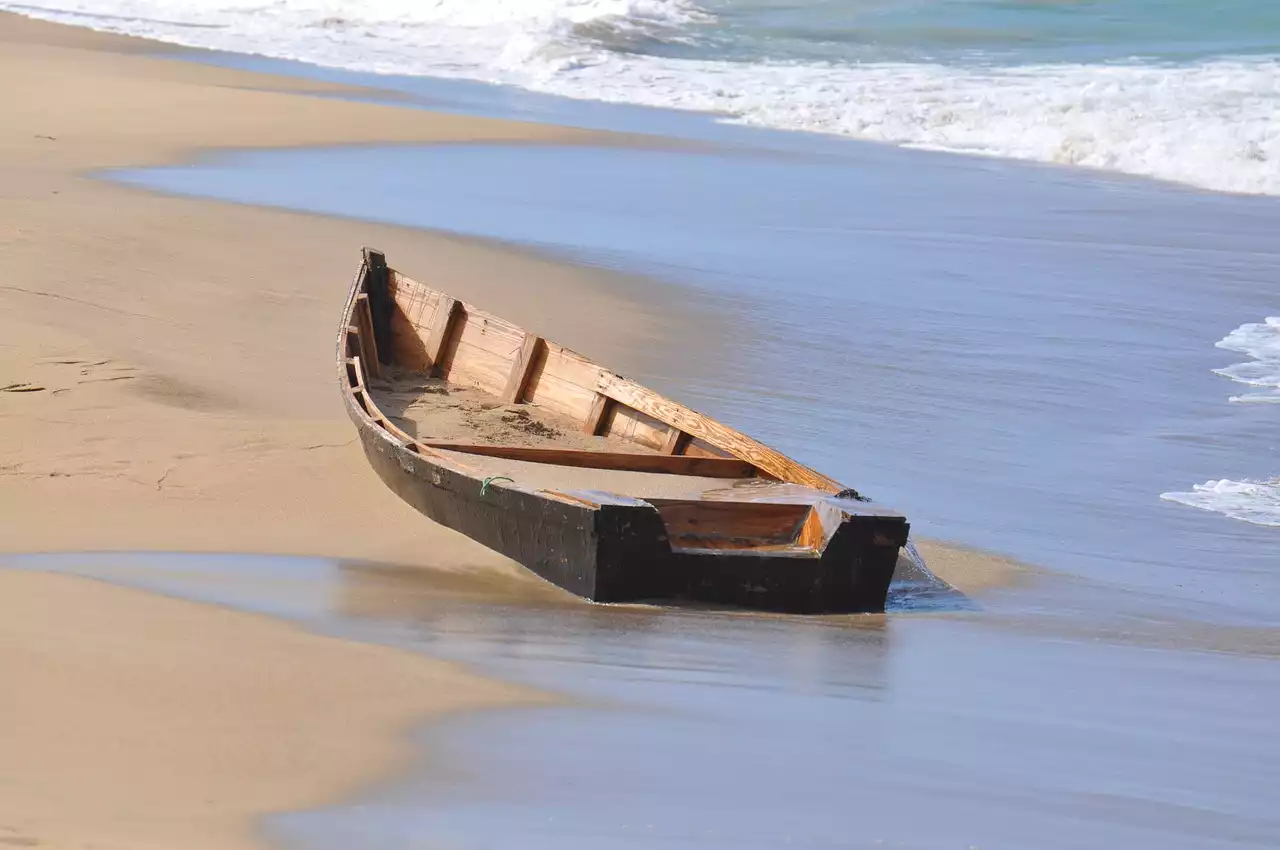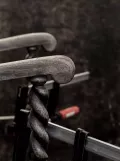For anyone looking to embark on a new hobby, restoring a wooden boat is the perfect way to go. Not only is it a unique and exciting pursuit that will keep you busy, but it’s also extremely rewarding to watch a dilapidated boat come back to life. With the right skills, materials, and tools, a wooden boat restoration project can be a fulfilling and enjoyable experience that can even become a lifelong passion. From start to finish, you’ll learn valuable lessons that will help you in any other DIY project you take on. Whether it’s a small skiff, a sailboat, or a larger motorboat, restoring a wooden boat is a great way to spend your free time and make something beautiful.
What is wooden boat restoration?
In the context of this article, wooden boat restoration refers to the process of restoring a boat that was originally made from wood but has fallen into disrepair. While a wooden boat restoration is a different process from restoring a wooden boat that’s been damaged, it encompasses a broad range of skills. This includes repairing rotted, damaged, or broken wood, refinishing and repainting, replacing rope and rigging, and even fixing the engine or any other pieces of equipment on the boat. Ideally, you’ll want to restore a boat to its original condition, but it may not be possible depending on the extent of the damage. Wooden boat restoration is a very broad term that can also be used to describe other types of boat projects, such as restoring a boat made from a different type of material. In this case, “restoration” would go beyond just fixing broken or rotted pieces, and would include rebuilding broken or missing parts. For example, this would include making completely new pieces, rather than just fixing the existing ones.
Benefits of restoring a wooden boat
Restoring a wooden boat can be a challenging, but rewarding task. Not only will you learn new skills, get your hands dirty and find yourself knee-deep in a project, but you’ll also end up with something truly special. There are many benefits to restoring a wooden boat. Besides the obvious reward of having a beautiful and unique piece of work, there’s also the satisfaction of knowing that you saved something that was in danger of being destroyed. In some cases, restoring a wooden boat might even be a necessity, either because the boat is too dangerous to be on the water or because it’s too expensive to repair. Many people who restore wooden boats do so for historical or aesthetic reasons. This can be for personal enjoyment or as a way to preserve a part of history that might be in danger of being forgotten. Choosing a wooden boat can be tricky, as each type and age has its own set of challenges and advantages.
Selecting the right boat for restoration
One of the most important parts of restoring a wooden boat is selecting a boat that’s in good condition, but not too expensive or rare. It’s unlikely that you’ll find a boat in perfect condition, so your best bet is to find one that has minimal damage. This will give you some leeway when it comes to fixing things, but won’t set you back financially in the process. In general, the older the boat, the better condition it’ll likely be in. Wooden boats made before the 1950s are generally in the best condition, while boats made in the 1980s and later are likely to have suffered from poor upkeep. If you have the option of selecting a boat, you’re best off choosing a smaller vessel. This will give you more room to work with and make the restoration process easier by spreading the workout over a wider area.
Materials, tools, and skills needed
The materials and skills you’ll need to restore a wooden boat vary depending on the extent of damage and the boat’s age. You’ll need to assess the boat before attempting any repairs. A thorough inspection will help you identify the extent of damage, as well as determine which materials and skills you’ll need to fix them. You’ll need a wide array of tools to restore a wooden boat, including hammers, sanders, a pneumatic nail gun, and paintbrushes. When it comes to materials, you’ll need everything from screws to glue, varnish, and paint. Depending on the age of the boat, you may also need to replace certain parts. This can include replacing decayed boards, rotted sails, or worn-out rigging.
Pre-restoration assessment
The first step to restoring a wooden boat is a thorough assessment of the boat. This will help you determine what repairs are needed, what materials and skills you’ll need to make those repairs, and how much they’ll cost. This will also give you a better idea of what the boat is worth so that you don’t pay too much if you plan to sell it once you’re done. Your first assessment should be visual. Use this as an opportunity to examine the boat for any obvious problems. If there’s a broken board or a part that looks rotten, mark it so that you know where to focus your attention later. You also want to examine the hull for any defects. This will help you determine what materials are needed to fix it.
Steps to restoring a wooden boat
Restoring a wooden boat is a multi-step process that can take anywhere from a few months to several years. The first thing you’ll want to do is remove the boat from the water. This will allow you to work with more ease and avoid damaging the hull. It’ll also give you a chance to be thorough with your inspection since you won’t have to rush to finish. Next, you should assess the boat. This includes examining the hull, checking for damage and defects, and marking anything that needs repairs. After that, it’s time to make the repairs. Depending on the extent of damage, this can be an easy or a difficult process and might take only a few minutes or several hours. You should go in with a plan, and make sure to start at the top of the hull and work your way down. This will help you to keep track of progress. Once you’ve finished the repairs, it’s time to refinish and repaint the hull.
Finishing touches of a boat restoration
Once you’ve finished making repairs and refinishing the boat, you can move on to the finishing touches of boat restoration. You’ll want to replace any missing decals, stickers, and paint, as well as re-rope any deck equipment. You can also install new engine parts if necessary. Finally, you can add a cover to protect the boat from weather and insects. Depending on the water you’re restoring, you might even want to dredge it to remove any silt or weeds that have grown around it. This will make the boat look more presentable, and will help you avoid damaging it.
Wooden boat restoration resources
There are several resources available to help you restore a wooden boat. You can check with your local community to see if they host any boat shows, where you’ll be able to inspect a variety of boats. You can also take advantage of online resources, such as forums and blogs, to connect with other enthusiasts and find valuable information. Finally, you can attend workshops or seminars that specialize in wooden boat restoration. These are great ways to gain new skills and meet like-minded people.


 A Journey Through the Evolution of Pokémon Games
A Journey Through the Evolution of Pokémon Games
 Pros and Cons of Fixed-wing Hybrid VTOL Drones
Pros and Cons of Fixed-wing Hybrid VTOL Drones
 The Leading Smart Home Security Systems
The Leading Smart Home Security Systems Marquetry is a Step up as a Hobby
Marquetry is a Step up as a Hobby Hobbyist - Restoring an Antique Table
Hobbyist - Restoring an Antique Table Choosing Carpentry for a Hobby
Choosing Carpentry for a Hobby Carpentry - Restoring Furniture as a Hobby
Carpentry - Restoring Furniture as a Hobby